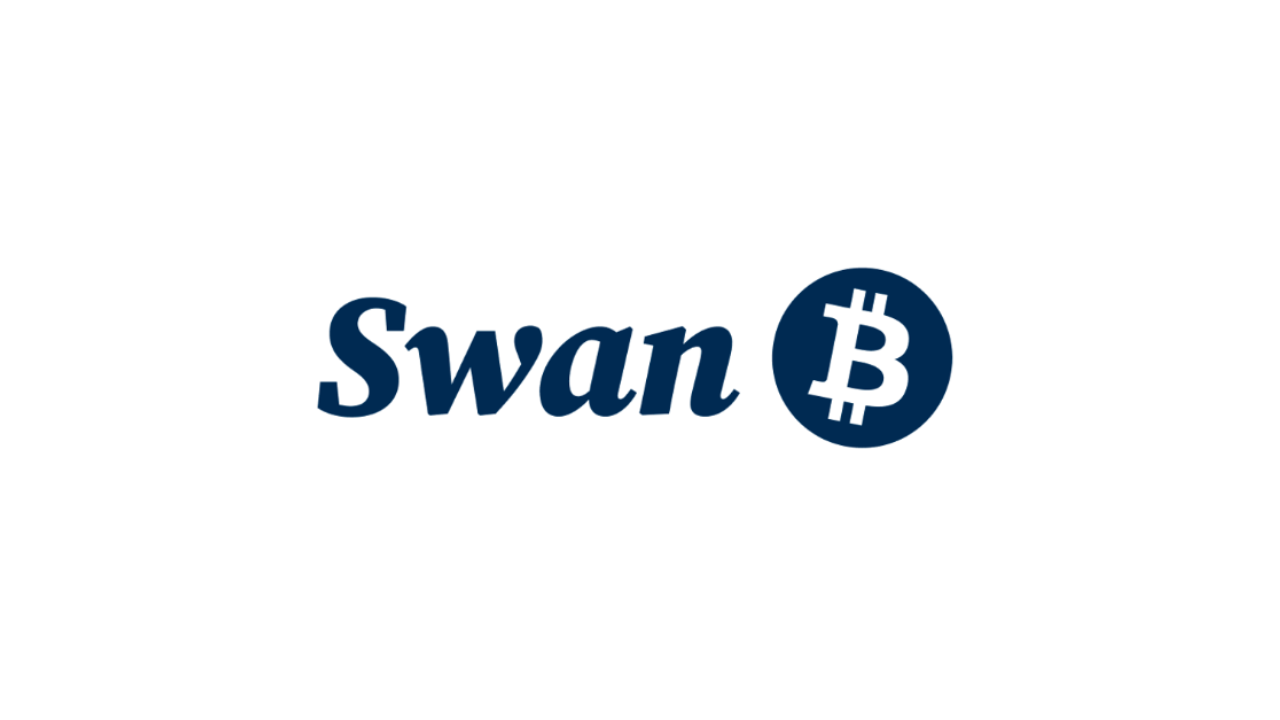One of the hottest questions being asked around nowadays is whether the NFT market is near its end and dying down? While the NFT craze, which peaked in 2021, has significantly cooled down, the market is nowhere near dead. The ongoing talk about NFTs collapse is mainly attributable to some controversial reports and unclear market data, instituting widespread speculations about the crumbling of NFTs.
Non-fungible tokens, or NFTs, have been one of the most distinct “blockchain and crypto sphere” trends for the last few years. This unique asset class which ascended to prominence not long ago, allows the people to transform items like art, music, videos, or playing cards into valuable digital assets. Unlike cryptocurrencies, although NFTs are minted on a blockchain, each digital collectible is one-of-a-kind and cannot be duplicated, substituted, or divided.
Let us have a look at what’s actually happening in the NFT arena and why this asset class is here to stay – at least for now.
Table of Contents
ToggleCondition of the NFT market – From 2021 till now
There is no doubt that 2021 was the most remarkable year for NFTs, with record-high sales and transaction volumes. Beeple’s “Everydays: the First 5000 Days” was sold for a staggering $69 million, while Jack Dorsey’s first tweet was sold for approximately $3 million. Several crypto projects like “crypto punks,” “Axies,” and “Bored Ape Yacht Club” also rose to fame last year, with sales reaching up to billions of dollars.
However, since late 2021, this euphoria has significantly abated but not vanished. Over the last few months, the NFT market has shown sporadic growth spikes while remaining flat at other times. The market entered 2022 on a high note, dramatically crashed from February to March, and has now been showing signs of recovery since mid-April.
At present, although the market is not ascending exponentially like last year, it is steadily rebounding from the February decline when it dropped from $3.9 billion to $964 million within a month. At the time of writing, the market is approaching the high volume levels reached earlier this year, thanks to the launch of major crypto projects like Moonbirds and Otherside. According to the Chainalysis report, as of May 2022, the NFT collectors have spent approximately $37 billion, a figure close enough to the $40 billion spent in 2021.
The NFT market prospects are probably not as gloomy as envisaged
Is the NFT market collapsing? Currently, there is a lot of buzz in the crypto and NFT communities about:
- The recently-published article by Paul Vigna claiming that NFT sales are flatlining.
- The abysmal data published by NonFungible.com.
According to these reports, the NFT sales and active wallet trading have plunged approximately 90% from the September and November highs, respectively. But a closer look at the data reveals several loopholes and inconsistencies.
Firstly, these statistics are picked up from the NonFungible’s Q1 2022 report. It means that the market data which was considered while drafting the report was only taken from January till March 2022, not including the April happenings.
Secondly, the data focused on older token standards, excluding the newer and improved contracts like ERC-721A. Because the report majorly incorporated data from Ronin and Flow, the two chains with the most deplorable performance in Q1, various analysts pre-maturely devised that “the whole NFT market” is in the dumps. Note that Ronin is the powering blockchain of Axie Infinity, the game that has recently seen a sharp decline in its user base, whereas Flow’s key NFT, NBA Top Shot, has also drastically declined in value in recent months.
Lastly, the data analytics platform did not include the Solana and Polygon-powered NFTs in the report. The non-inclusion of two of the most active NFTs blockchains inevitably nullifies this report’s relevance to the whole NFT market. Even NonFungible itself responded to the public concerns via Twitter, accepting that the market cannot be really considered to have collapsed and the utilized data was “conservative.”
Aside from these facts, it is a faulty insight to approach the NFT market from the traditional “supply and demand” perspective. The NFT market is sort of similar to the real-world unique collectible markets where each item, whether an art painting or an artifact, holds an independent value. The point is that no matter how many paintings or art pieces are there, only a handful of items hold any notable worth. Similarly, the presence of a large number of low-standard non-fungible pieces cannot depreciate the reputable and popular NFTs in any way.
Also, it should be noted that almost all financial markets, including cryptocurrencies, stocks, indices, and currencies, have been tumbling and struggling for the last few months. A few days back, Bitcoin crashed below the $30,000 zone while Ethereum dipped below the $2000 level, shedding more than 40% in value from the recent high. Experts are ascribing this bloodbath to the interest rate hikes, surging inflation ratios, and war tensions. All these situations are inducing fear in the general public and investors community, causing them to get rid of risky holdings.
That being said, NFTs are comparatively faring well even amidst these harsh economic conditions, with steadily rising volumes and some of the biggest recent market drops.
This unique asset category is not dying
Recently, several cases like the failed auction of Dorsey’s first tweet are being mentioned to prove the NFT market decline. To cite such examples and some limited bad performing projects to declare the meltdown of the entire NFT market is definitely an over-exaggeration of facts.
To be clear, at the start of this month, Yuga Labs pulled in more than $300 million in the initial sales of 55,000 land plots related to their new Metaverse game, Otherside. Additionally, the sales volume of another popular NFT project called Moonbirds, an assortment of 10,000 pixelated owls, has also crossed the $500 million mark. Further, numerous other projects like Okay Bears, VeeFriends Series 2, and Azuki have also seen record sales in the previous months.
Even if a small number of projects are driving the NFT market or pushing volumes, it shows that people are still interested in this space, and the passion is bubbling. Although some volatile ebbs and down in the NFT market are unavoidable as it is a relatively new asset class, the market is not dying. It is here to stay, at least for now, similar to all other speculative assets.













